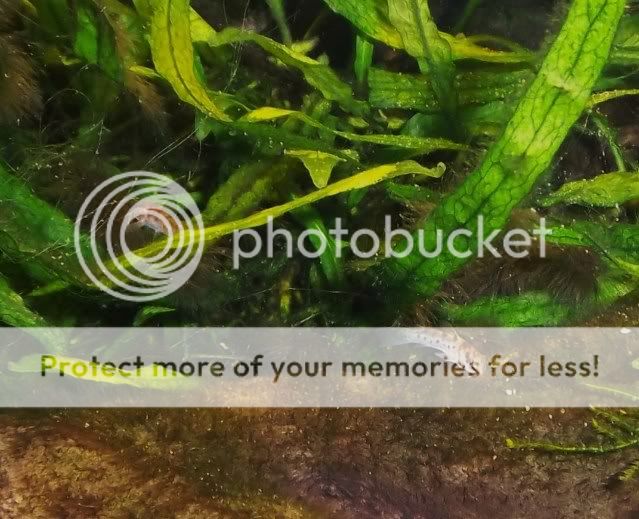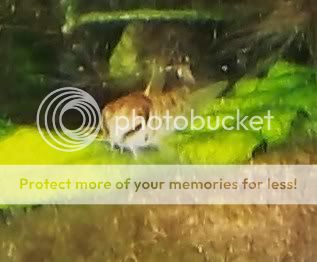mchambers
Former CCA member
Thanks
You inspired me to catch 3 cw010 and 3 pandas and move them to a sparsely populated 15 gallon stuffed with lots of oak leaves. I moved them Sunday and found 50-75 eggs this morning and saw another 50 tonight. I'll have to think about how many eggs I want to move to my growout tank.lol
Found far more eggs than I had first seen. Both back corners must have at least 50 per. These were laid for sure over a 2 day period but maybe 3 days. The fertility rate seems ok with only a few showing the white color and no longer clearish. Those I can get close enough to see with a hand lens are showing signs of being viable. I'm guessing they should start to hatch this weekend and maybe some today.
I'm still in awe that this all happened after owning them for 10 months without a spawn. Moved them to a much smaller tank and in 4 days they spawn,



